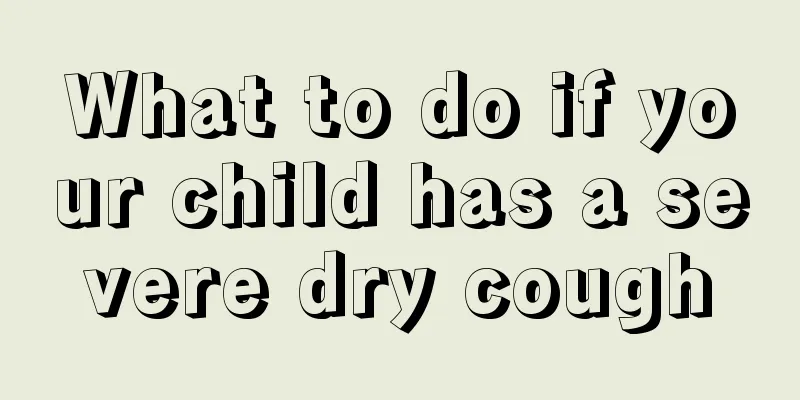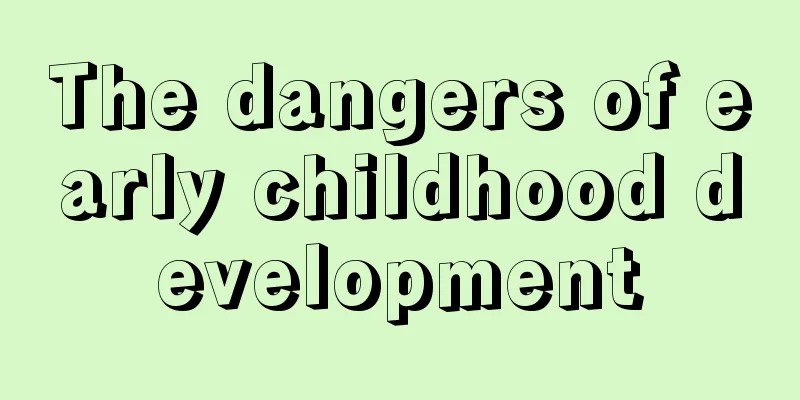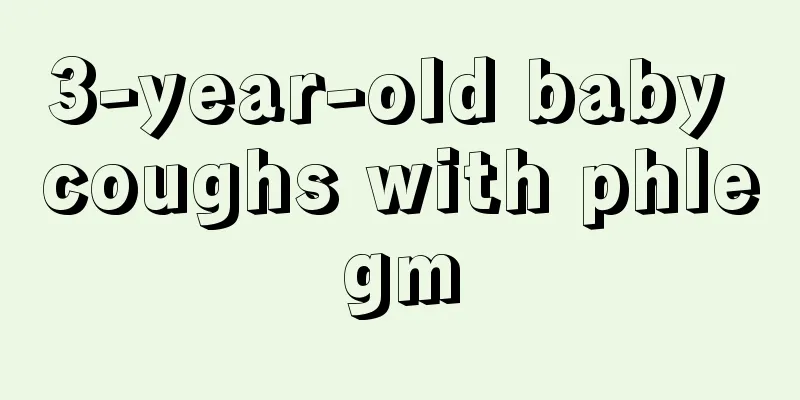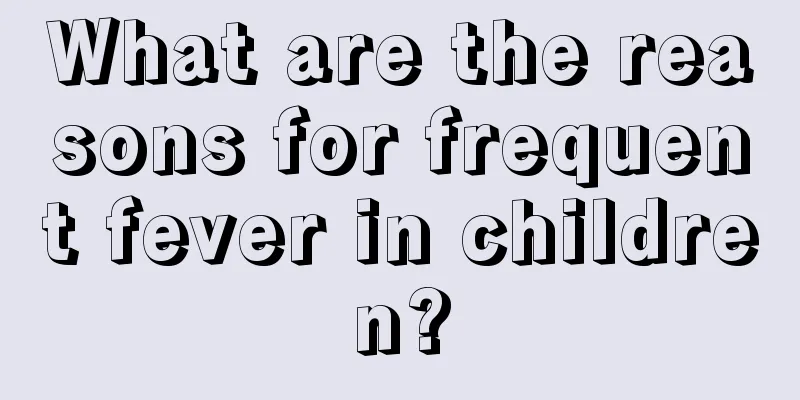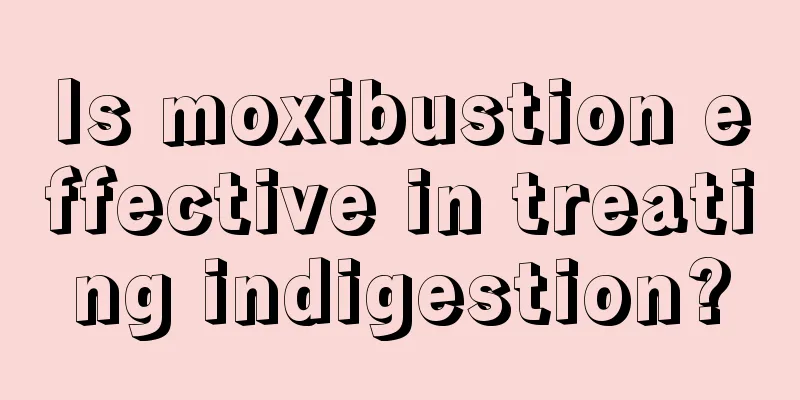How to treat dermatomyositis in children?
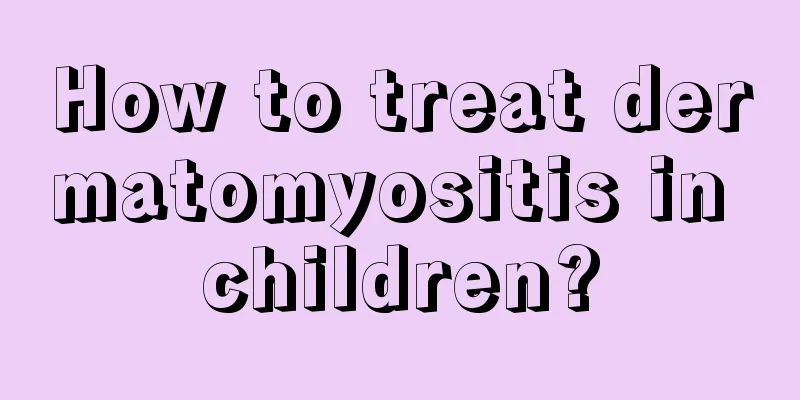
|
Many children are naughty, so when they are playing, they are particularly easy to get their bodies dirty, which can cause more serious dermatitis. Therefore, the probability of children suffering from dermatitis is relatively high. Therefore, many parents want to know specifically how to treat children's dermatitis. In order to cure children's dermatitis as soon as possible, please take a look at the introduction below. JDM is an autoimmune disease. Both adults and children can get dermatomyositis. If the disease occurs before the age of 16, it is called juvenile dermatomyositis. Like adult dermatomyositis, it is a non-suppurative inflammatory lesion that mainly affects striated muscle and is characterized by lymphocyte infiltration. It may be accompanied by or without a variety of skin lesions and may also be accompanied by various visceral lesions. Juvenile dermatomyositis is a rare disease in children, with an estimated incidence of 0.4/100,000. Girls are twice as likely to be affected as boys, and the most common age of onset is 4-10 years old. There is almost no evidence that there are regional or racial differences in the incidence of dermatomyositis in children. The characteristics of dermatomyositis in children are that they often have a history of upper respiratory infection before the onset of the disease, no Raynaud's phenomenon and scleroderma-like changes, diffuse or localized calcification in the skin, muscles, and fascia, which is more common than in adults, vascular lesions, and ulcers and bleeding in the gastrointestinal tract, which are different from adults. Dermatomyositis in children is not associated with malignant tumors, which is different from that in adults. The most obvious symptom of dermatomyositis in children is muscle weakness, which manifests as progressive fatigue and limited activity. Muscle and joint pain is another obvious feature, and some children have arthritis and swollen joints. Typical muscle changes are that the muscles close to the trunk (proximal muscles) of the limbs are often easily affected, with symmetrical changes and simultaneous involvement of the muscles of the abdomen, back, and neck. It may manifest as a child's initial refusal to walk and exercise, and younger children may become irritable and need to be held by their parents. As the disease progresses, climbing stairs and getting out of bed may become a problem. Affected muscles may become shortened (contractures), and the limb may become fixed in a flexed position with loss of function. Skin lesions can occur at various times before or after muscle lesions. It presents as a hyperemic, often scaly rash, typically on the extensor side of joints, primarily in the hands but also in the knees, elbows, and ankles (Gaucher syndrome). Red patches on the face often occur around the eyes, with swelling (periorbital erythema), but may also occur on the cheeks (malar rash). The upper eyelid rash is often dark red (purple erythema). The rash often worsens after exposure to sunlight (photosensitivity). The rash may also appear on other parts of the body, or ulcers may develop. Superficial vascular changes can be seen at the edges of the nail beds and upper eyelids, appearing as small red spots. If the disease lasts for a long time, calcium may be deposited under the skin, forming hard nodules, or ulcers with milky white fluid flowing out (calcification). In very severe cases, virtually all muscles attached to the bones (skeletal muscles) may be affected, including the muscles for breathing, swallowing, and the throat. Therefore, hoarseness, difficulty eating and swallowing, coughing, and difficulty breathing are very important manifestations of a serious illness. The above is an introduction to childhood dermatitis. I believe you have already understood the specific content. If your child has dermatitis, parents should have a comprehensive understanding of the above content, understand what harm dermatitis will cause to the child, and what are the symptoms? After understanding the situation, we can provide targeted treatment for dermatitis in children, so that they can get rid of dermatitis. |
<<: How to deal with a baby's cold and fever
>>: What are the symptoms and treatment of gastroenteritis in children?
Recommend
How to cure hoarseness in children?
We know that the affected part is the vocal cords...
What should I do if my baby has nasal mucus?
The main reason why babies have nasal mucus is be...
What are the symptoms of rhinitis in a three-year-old baby?
Babies have relatively poor physical resistance. ...
How to choose milk powder for two-year-old baby
When babies are just born, they drink breast milk...
Symptoms of a baby sleeping hot
When babies are sleeping, in addition to a quiet ...
What to do if the baby's hands and feet are hot but the forehead is not hot
When parents find that their baby's hands and...
What are some brain-boosting foods for children?
Many parents hope that their babies will be very ...
Why are baby's palms dry and hot?
Many mothers will find a problem when raising chi...
What is the height and weight of a 19-month-old baby?
It is said that children are the flowers of the m...
Why is the baby's head cold and sweating?
Baby sweating is actually a very normal physiolog...
Why does my five-year-old child cough so much in the middle of the night?
Everyone will cough sometimes, especially childre...
Can I use a fan when my child has a high fever?
A high fever in children is a common symptom. In ...
What should I do if my child has farsightedness?
Hyperopia is also a type of eye disease. Many peo...
Why do babies like to chew things?
Many babies love to bite things for a period of t...
What should I do if my child has a fever in the middle of the night?
Fever is a very common phenomenon. Many children ...
